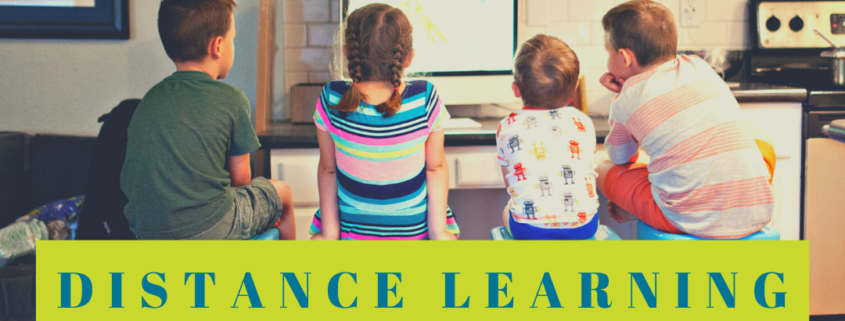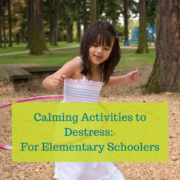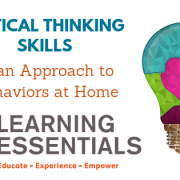Distance Learning with Multiple Children at Home
Distance learning is tedious enough. Between the emails, Zoom meetings, various portals teachers utilize, and workloads from each class, juggling at-home learning during this new “virtual school day” can be a tall order. Even more difficult, though, is this juggling act when there is more than one school-aged child in the home. How can parents possibly manage distance learning for two or more kids? Obviously, this is new territory for everyone. To ease the stress and confusion, we’ve compiled suggestions and strategies to assist families who are learning at home with multiple school-aged children.
Designated work areas
One major hurdle when it comes to remote teaching and learning is organization. It should come as no shock that organizing a learning space is paramount to ensuring continuity of learning now that the usual classroom routines and structures have been thrown out the window. Students need to have a designated quiet place to focus, read, correspond, and create. While this seems obvious, many families are struggling to get children to focus on their remote classwork simply because the environment is not conducive for concentration. While the kitchen counter or a child’s bedroom may have previously been the homework area of choice, times have certainly changed—we’re no longer talking about rushed homework tasks in between soccer practice and dinner time.
If teachers and parents expect children to sit and focus for an extended amount of time, they need to provide a comfortable space, free of distractions. When siblings are working in close proximity, distractions are bound to emerge. Therefore, it is important that each child has his or her own private work space, equipped with comfortable seating, a laptop or other device, necessary school materials, and some form of desk or surface on which to work. If space is an issue, parents should consider lap desks as an alternative to bulky furniture desks.
Headphones
Headphones are a true lifesaver when it comes to remote learning. Since many teachers are utilizing Zoom calls and other video tools to conduct teaching and learning, students would benefit from noise-cancelling headphones that allow them to focus solely on the instruction. Headphones also spare other house members the headache of trying to block out the instructional videos and video chats.
Individual check-in times
Many parents are finding that, on top of their own jobs working from home, they have now suddenly become homeschool teachers of multiple grades levels and content areas—as if everyone doesn’t have enough to deal with right now! To avoid being stretched too thin, parents should consider designating certain time(s) of the day for each child to check-in, seek help, review work, etc. Limit this form of “parental assistance” to a half hour per child if possible. If parents find that a child needs more support, they should communicate with the school and specific teachers about classes and assignments that are becoming unmanageable. To stick to the 30-minute check-in period, children should be encouraged to jot down their necessary questions ahead of time and be prepared to articulate where and how they need assistance. Set a timer so that children know that they are “on the clock” for only a specific amount of time. Whatever questions or issues that they are still having after check-in time has expired should be directed to their teacher.
Coordinate brain breaks and snack times
With multiple kids in the house, coordination is key to productive distance learning. Depending on each child’s age and learning needs, siblings may need more or less time for movement, screen-free learning, “brain breaks,” etc. As much as possible, try to establish universal times throughout the day when children break from learning to keep motivation, focus, and energy levels up and running.
It is important to move, converse, socialize, play, and create throughout the day to interrupt the monotony of virtual learning; however, if one child is playing outside while the other is concentrating on school work, parents may want to rethink the learning schedule. Allowing simultaneous break times ensures that kids aren’t being distracted by siblings during work sessions. There is no jealousy or “unfairness” factor if siblings are getting a break at the same time. Be consistent with breaks as much as possible; use a timer if necessary to set limits for learning versus playing.








